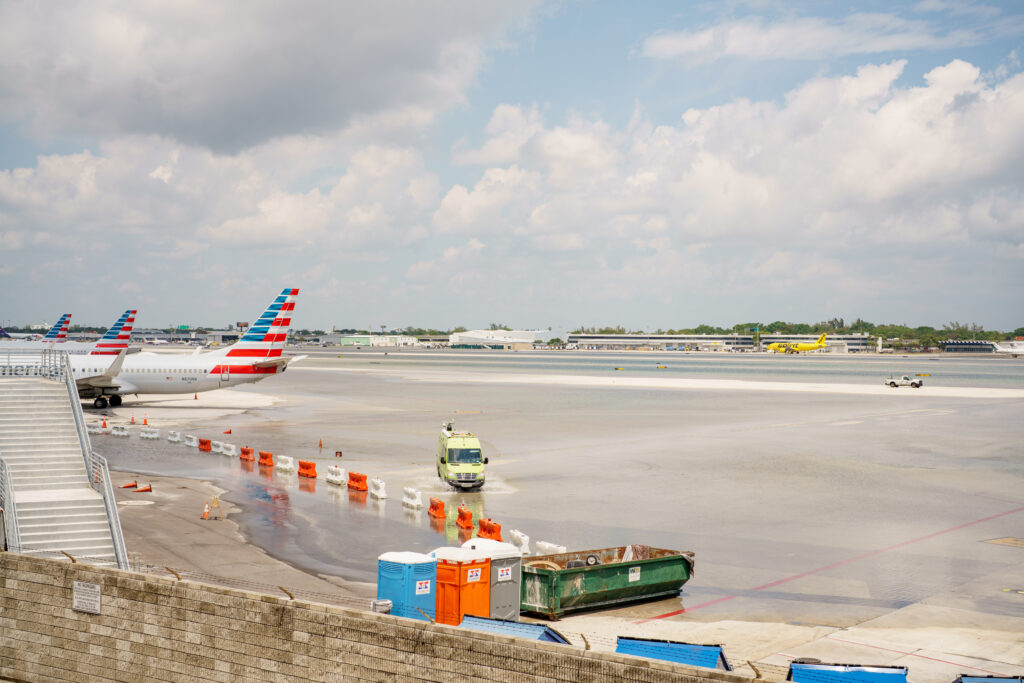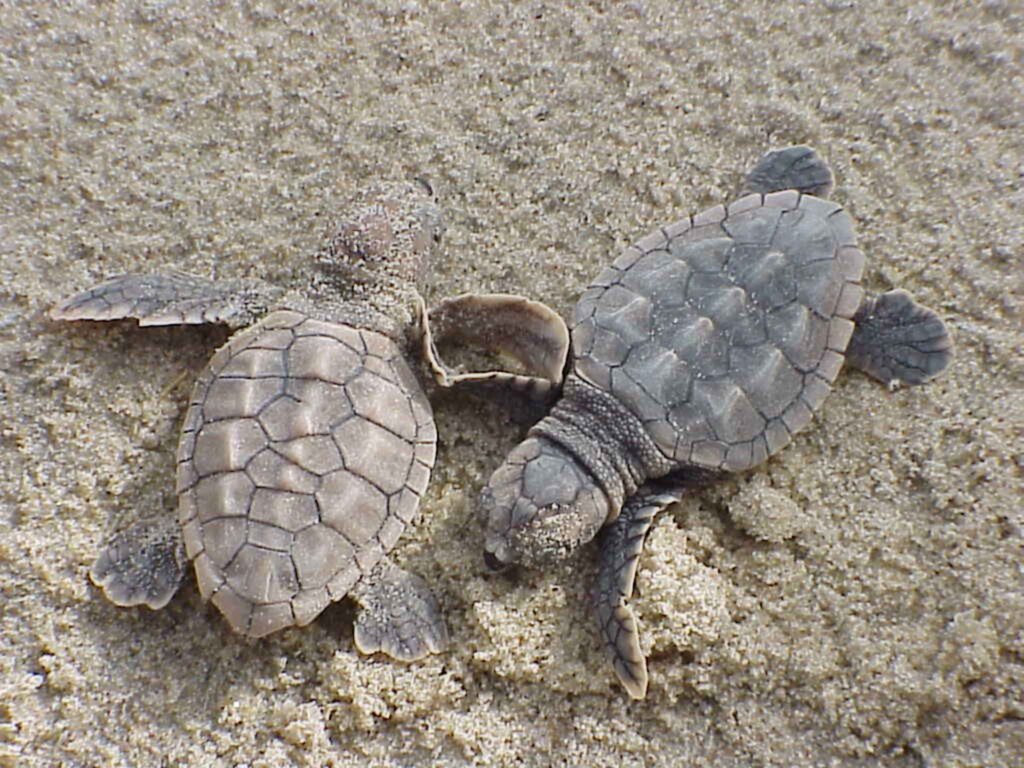A roundup of news items related to climate change and other environmental issues in Florida:
Fort Lauderdale floods highlight climate risks to South Florida’s airports, seaports | Miami Herald

Seaports and airports are the lifeblood of South Florida’s tourism-based economy. But as the relentless rains that swamped Fort Lauderdale last week (April 12) illustrated, those critical transit and supply chain hubs are vulnerable to debilitating flooding.
Local authorities, state legislators, airlines and seaport managers have understood the risks for years — and they’ve already committed to spend millions of dollars to protect against storm surge, king tides and downpours.
But the Fort Lauderdale deluge also underlines that upgrades can’t come quickly enough. Scientists warn that as climate change causes sea levels to rise and rainfall to intensify, it raises the chances of events like last week’s. Meteorologists classified the rain as a 1,000-year event — up to 26 inches in just a day — but epic rains have occurred more frequently in the last few decades.
In Florida, Harris announces $562M for climate resilience | Associated Press
Returning to Florida to discuss climate change, Vice President Kamala Harris announced Friday that $562 million will be spent on 149 projects around the country aimed at improving resilience to threats such as rising seas and the kinds of coastal flooding that recently slammed the southeast part of the state.
Harris outlined the funding plan during an appearance at the University of Miami, where she also toured a lab immersed in coral restoration work and a hurricane simulator capable of generating Category 5-strength winds of more than 157 mph (253 kph).
Harris, who appeared in March at a Miami Beach climate summit, said the projects, which are spread across 30 states, are an example of how climate investments boost job creation and manufacturing while tackling a major environmental issue.
Sea level rise could wash away turtle breeding grounds around the world, researchers say | ABC News
Sea level rise is likely presenting more threats to an already vulnerable marine species, according to new research.

As waters from the ocean push further and further onto shore, the flooding is washing away the nesting sites for sea turtles in places like the United States, Australia, Costa Rica and the Dominican Republic, according to a study published Thursday in Scientific Reports.
Researchers estimated the probability of flooding under moderate and high greenhouse gas emission scenarios could impact 2,835 sea turtle nest locations within seven breeding grounds between 2010 and 2100. They found that under a moderate emissions scenario, breeding grounds located on flat beaches were most vulnerable to flooding — with 100% likelihood of flooding of nests in Raine Island, Australia; Saona Island, Dominican Republic; St George Island, Florida; and Mondonguillo beach, Costa Rica, according to the study.
If you have any news items of note that you think we should include in our next roundup, please email The Invading Sea Editor Nathan Crabbe at ncrabbe@fau.edu.



